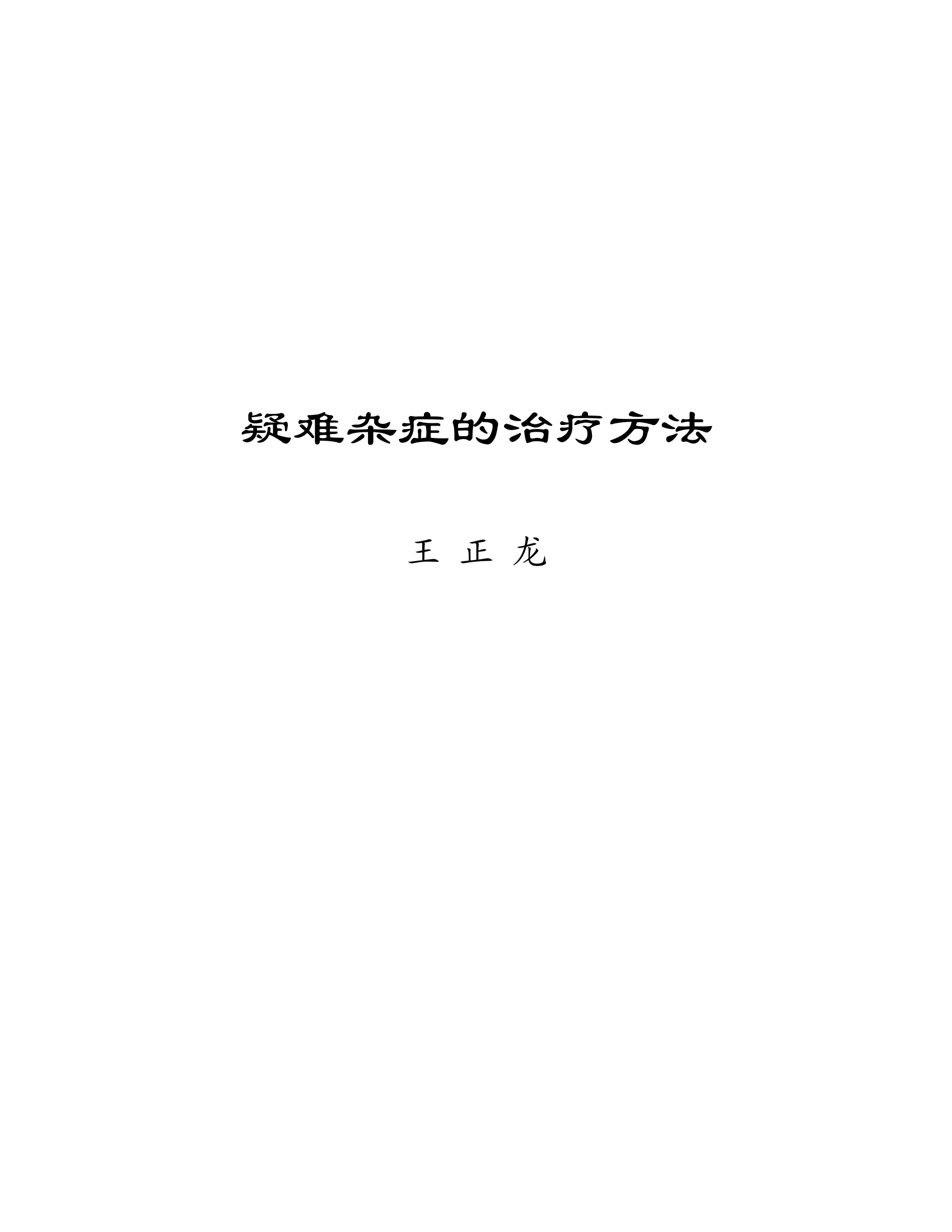Article Summary
Bone Spurs Heal Quickly with Traditional Chinese Medicine and Crab Stew! A kind-hearted netizen (Liao Yuan, QQ: 546008459): Hello, Teacher Hu, I’d like to share a remedy for bone spurs. This prescription is said to have been passed down by an old Chinese medicine practitioner. Around here, dozens of people have been cured. When my mother suffered from this condition, I sought out this remedy for her. The recipe consists of four traditional Chinese herbs: 10 grams each of Clematis root (Wei Ling Xian), Papaya (Mu Gua), Erythrina bark (Hai Tong Pi), and Achyranthes root (Niu Xi). These are combined with one pound of crab and one pound of vinegar, boiled with water to make three pounds of medicinal soup. Take two taels (approximately 100 grams) in the morning and evening, finishing the batch in one week. Mild cases may see improvement in three days. If there’s no effect after four doses, stop using it. For severe cases, two more doses should suffice. The soup has a slightly fishy taste, but I think it’s probably more palatable than regular medicine and is cost-effective. The person who shared this remedy suggested using wild small crabs, which we call “iron-shell crabs” here—they have more shell and less meat. I’m from Bengbu, Anhui. It’s best to chew and eat the crabs as well. This remedy is less effective for those who have had the condition for a long time; it works best for patients within the first year of onset. I believe that word-of-mouth sharing in local communities has limited reach, so I’m using your platform to help more people benefit! Contributor: Teacher Ma Wenji Appendix: Bone spurs, also known as hyperplastic osteoarthritis, osteoarthritis (OA), degenerative joint disease, senile arthritis, or hypertrophic arthritis, occur due to the degeneration and deterioration of soft tissues such as cartilage, intervertebral discs, and ligaments that form the joints. This leads to the formation of bone spurs at the edges of the joints, thickening of the synovial membrane, and subsequent bone destruction, causing secondary bone hyperplasia. This results in joint deformation, pain under abnormal loads, and limited mobility. The condition is classified into primary and secondary types.






